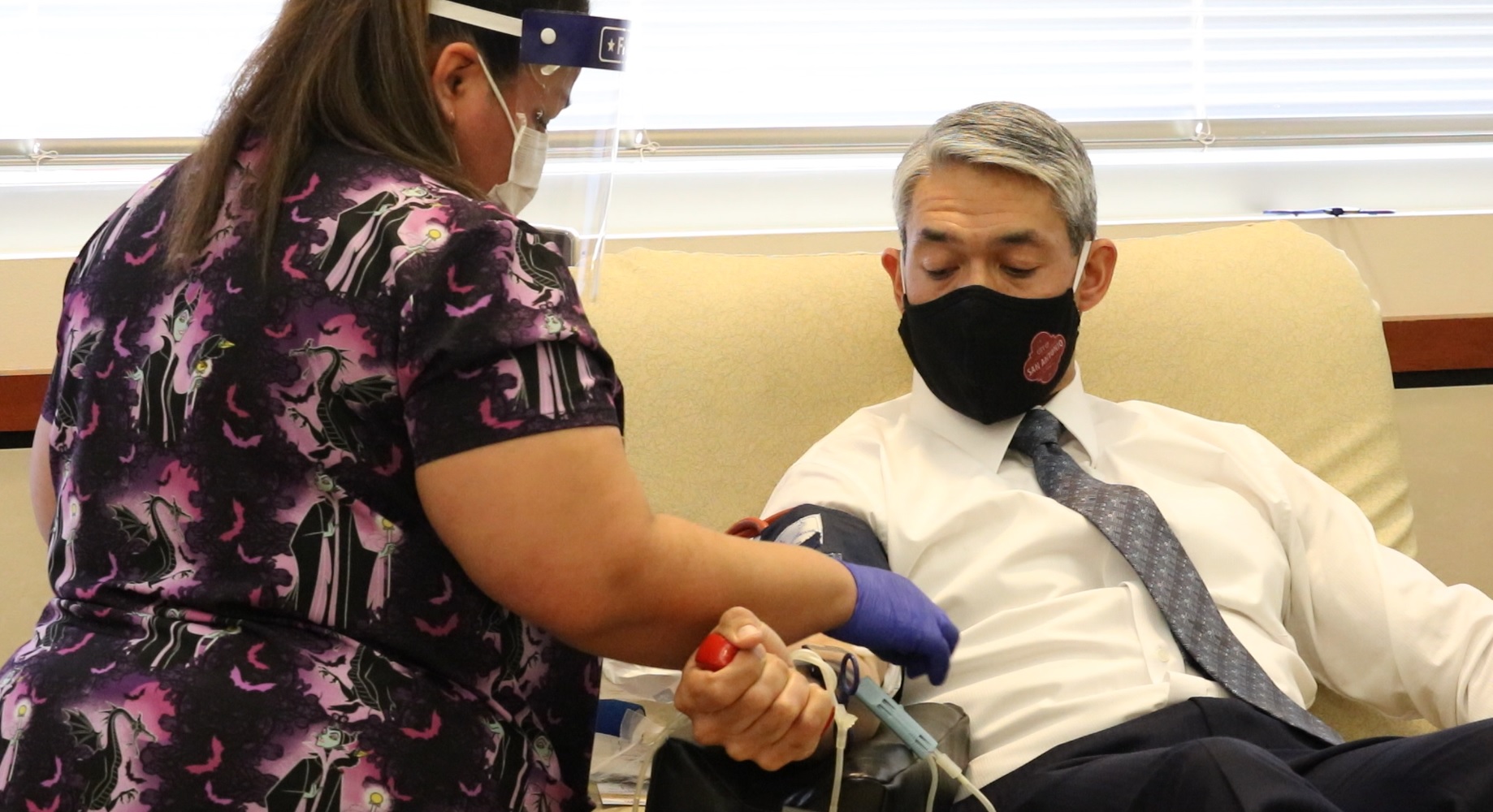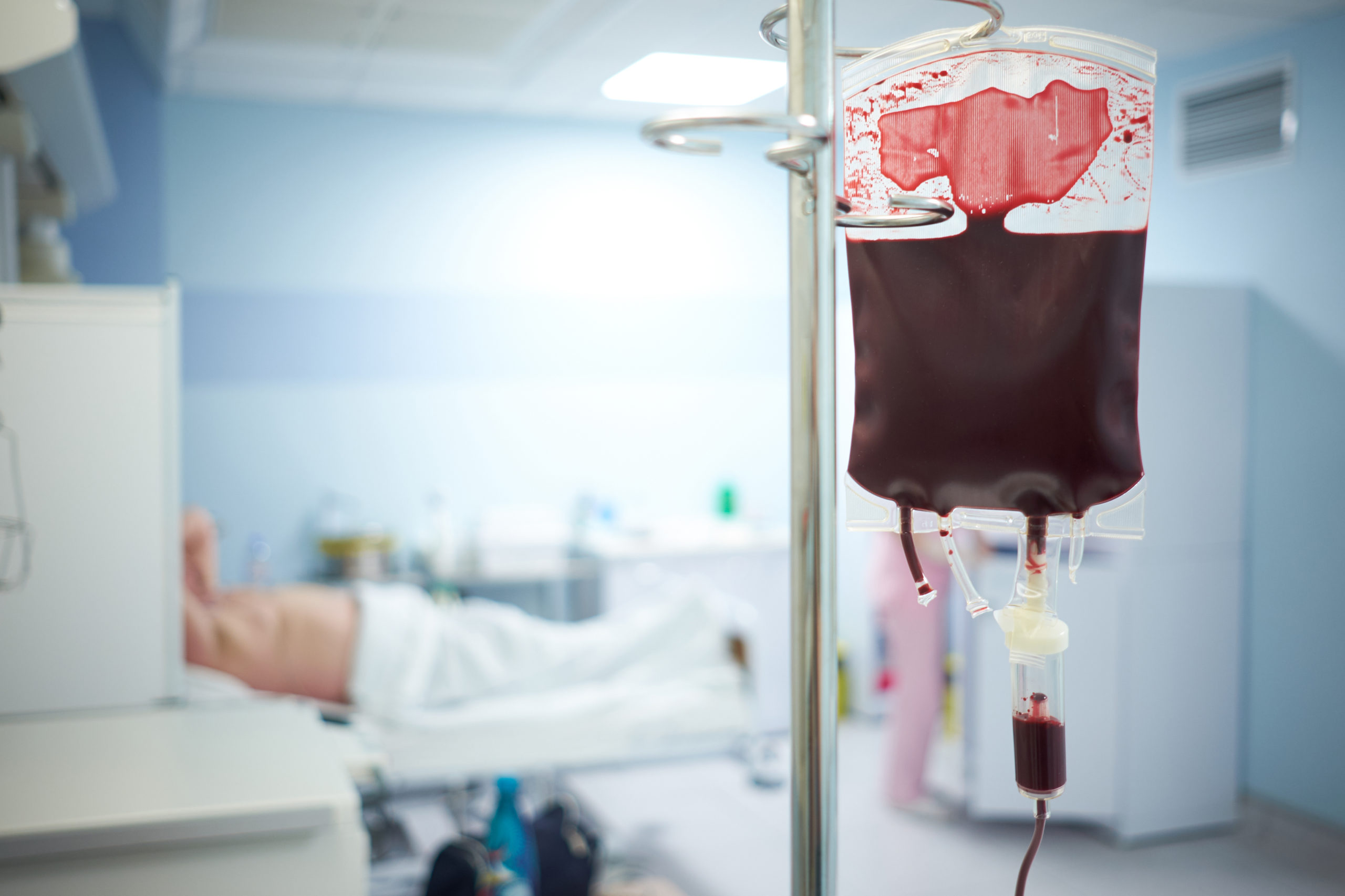San Antonio Mayor Ron Nirenberg urged South Texans to give blood during his own donation Monday afternoon.
“We’re challenging everyone in the community to give blood as soon as they can,” he said while giving at the South Texas Blood & Tissue Center Donor Pavilion. “With the holidays, and people out of school or not at work, it’s a critical period for donations.”
The last two weeks of the year typically are the slowest of the year for blood donations, and the community blood center is projecting a decline of 30% from previous years because of the COVID-19 pandemic.
At the same time, there is a bigger demand for blood, as trauma cases and accidents tend to increase during the holidays. Hospitals also are scheduling surgeries that had been postponed earlier this year because of blood shortages and the pandemic.
“It’s just about an hour out of your day, and you can save somebody’s life,” Nirenberg said.
Elizabeth Waltman, Chief Operating Officer of the South Teas Blood & Tissue Center, said the center needs to build a seven-day supply of blood to make sure enough is available for every patient.
“You never know when someone will need blood, maybe someone you know,” she said.
The blood supply has been rebounding to adequate levels in recent weeks, Waltman said, but there is concern that it will drop again over the holidays, when there are fewer blood drives scheduled and donors are out.
There is also a lingering shortage of type O blood. O-negative blood can be given to any patient in an emergency, and O-positive is the most common type in South Texas.
To schedule a donation at one of six local donor rooms or at a community drive, visit SouthTexasBlood.org or call 210-731-5590. Donations are by appointment only.

